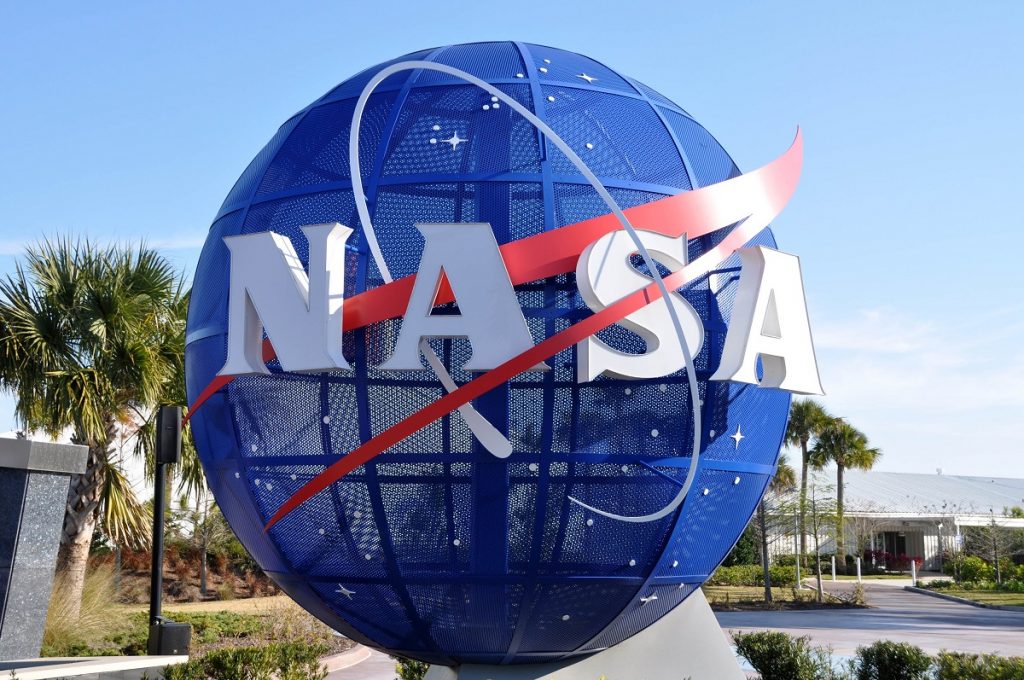
Mission operators at NASA’s Jet Propulsion Laboratory in Pasadena, California, has announced that they have lost contact with one of their spacecraft. Contact was lost with ASTERIA, short for Arcsecond Space Telescope Enabling Research in Astrophysics, on December 5, 2019. JPL’s engineers say they plan to continue to attempt to contact ASTERIA until March 2020, but after that NASA will be forced to pull the plug.
ASTERIA, created in collaboration with the Massachusetts Institute of Technology in Cambridge, is a briefcase-sized spacecraft designed to study planets outside our solar system. ASTERIA provides precision measurements of nearby stars’ brightness, allowing scientists to look for changes in a star’s light that would indicate an orbiting planet. It is not yet known whether ASTERIA has spotted any distant worlds, as the data is still being analyzed.
ASTERIA belongs to a category of satellites called CubeSats, which vary in size but are typically smaller than a suitcase. It was deployed into Earth orbit from the International Space Station on November 20, 2017. Since completing its primary mission objectives in early February 2018, ASTERIA has continued operating through three mission extensions. Those extended missions were partially funded by the Heising-Simons Foundation.
The project is considered to have been a huge success. JPL’s Lorraine Fesq, current ASTERIA program manager, said in a statement, “The ASTERIA project achieved outstanding results during its three -month prime mission and its nearly two-year-long extended mission. Although we are disappointed that we lost contact with the spacecraft, we are thrilled with all that we have accomplished with this impressive CubeSat.”
